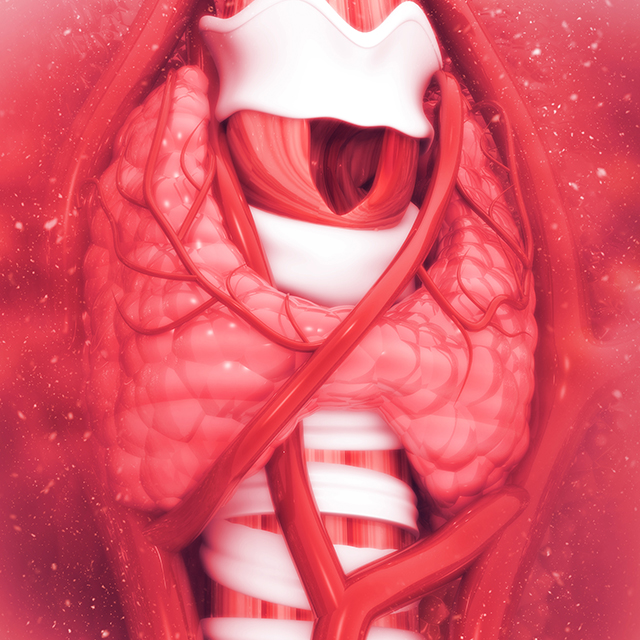When Kate Niehaus came to the Johns Hopkins Department of Otolaryngology–Head and Neck Surgery in 2019, she was having vertigo attacks several times a week that lasted up to three hours. After surgery and subsequent treatment put a stop to her debilitating symptoms, Niehaus looked to help patients dealing with vertigo and other inner ear conditions. She recently provided a generous gift to support otologist Bryan Ward’s research to visualize the inner ear and potentially inform a new treatment for dizziness disorders.
Niehaus was diagnosed with Ménière disease in 2013. Ménière symptoms are caused by extra fluid in the inner ear and include vertigo, nausea and loss of hearing. Over the years, Niehaus underwent medical treatment including having a shunt placed to drain the fluid, and adopted lifestyle changes such as minimizing stress and maintaining a low-sodium diet (standard recommendations for the disorder), but the attacks continued.
A resident of New York City, Niehaus says her vertigo was paralyzing — she could be walking down the street and suddenly become unable to walk or hail a cab. “It was awful,” she says. “I would have to call someone to come get me. It made me afraid to go out.”
By 2019, Niehaus had consulted physicians in New York, and as a last resort, scheduled a major surgery to stop the vertigo. Days before the procedure, she sought a second opinion from John Carey, chief of the division of otology, neurotology and skull base surgery in the Johns Hopkins Department of Otolaryngology–Head and Neck Surgery.
Carey recommended a minor procedure to remove scar tissue to allow antibiotics to be applied in the inner ear to treat the vertigo.
“He was absolutely right,” says Niehaus, who canceled the surgery in New York. “After he did the procedure, he successfully placed the antibiotic. I had vestibular therapy afterward and had two good years. I’m so grateful to Dr. Carey for this solution.”
Unfortunately, Niehaus experienced vertigo again in 2021. Carey prescribed different medications and introduced Niehaus to his otology colleague Bryan Ward, who studies inner ear disorders, including Ménière disease.
Ward explains the inner ear is the size of a dime and located deep within the head, making it very difficult to see. “Until we have a better idea of what the inner ear looks like in patients,” says Ward, “we won’t know exactly how to treat inner ear disorders.”
Experimenting with a 7-tesla MRI machine, which is twice as powerful as common MRIs, Ward aims to visualize the tiny structures of the inner ear with much greater resolution than ever before.
As a philanthropist who has funded many research projects, Niehaus felt compelled to support Ward’s work. She is sponsoring Ward’s study to use the powerful MRI to closely examine the inner ears of people with and people without dizziness disorders. If he discovers differences between the groups, the findings could inform new treatments for dizziness. Ward expects to begin this imaging in early 2022.
Niehaus feels hopeful. “I’m excited about the study,” she says, “and can’t wait to see what comes out of this research.”
To learn more about supporting the Department of Otolaryngology–Head and Neck Surgery, please call 410-955-0173.

